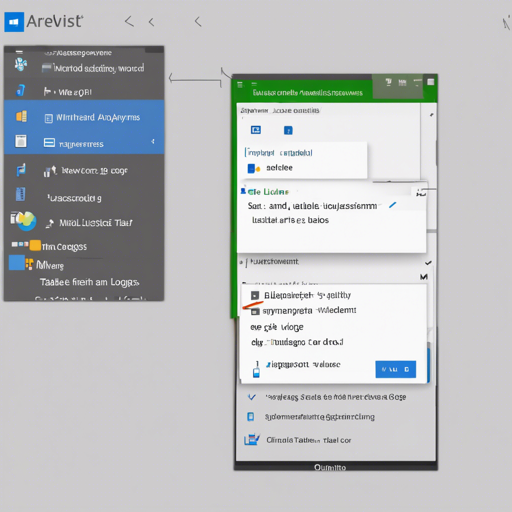Creating a table and utilizing a ListView or ArrayList involves multiple steps, particularly if you’re working with platforms like Android or JavaScript on a Windows 10 environment. In this article, we will guide you through the process, highlighting possible troubleshooting strategies along the way.
Understanding the Basics
To draw parallels, think of a table as a well-organized shelf in a library where books (data) are neatly arranged in rows and columns. Each shelf can hold a different type of book, just as each row can hold different sets of data attributes. Meanwhile, a ListView or ArrayList acts like a librarian who efficiently navigates through the library’s collection to present a list of chosen books to the users.\
Creating a Table
To create a table, follow these steps:
- Decide the attributes (think of them as columns) you want to display.
- Use your chosen programming language (Java for Android or JavaScript for web apps) to implement whether you’re fetching data from a local source or a database.
- Create the layout for your table in the user interface, making sure it is intuitive for users.
Implementing ListView or ArrayList
Using a ListView or an ArrayList will allow you to display data or items in a vertical scrollable list:
For Android: Using ArrayList
- Initialize an ArrayList to hold your data objects.
- Define a custom adapter to link your layout to the ArrayList.
- Set the adapter to your ListView for data display.
For JavaScript: Using ListView
- Use an array to store the items you want to display.
- Utilize Document Object Model (DOM) functions to create list items dynamically.
- Render the list to your HTML page, providing a user-friendly interface to interact with.
Code Implementation
// Example for Android
ArrayList data = new ArrayList<>();
ListView listView = findViewById(R.id.listView);
data.add("Item 1");
data.add("Item 2");
ArrayAdapter adapter = new ArrayAdapter<>(this,
android.R.layout.simple_list_item_1, data);
listView.setAdapter(adapter); This snippet highlights a basic way to populate a ListView using an ArrayList in Android. In a similar manner, for JavaScript, you would manipulate the DOM to display an array of items on your web page.
Troubleshooting Tips
If you run into issues while creating your table or ListView, consider the following troubleshooting ideas:
- Data Not Displaying: Ensure that your data structure is initialized correctly. Check if the data is being populated into the ArrayList or array.
- Layout Issues: Confirm that your layout files are correctly linked and that you have the appropriate IDs referencing your views.
- Performance Problems: For larger data sets, consider implementing pagination or lazy loading to enhance performance.
For more insights, updates, or to collaborate on AI development projects, stay connected with fxis.ai.
Conclusion
Creating a table and utilizing ListView or ArrayList can transform the way you manage data in your applications. At fxis.ai, we believe that such advancements are crucial for the future of AI, as they enable more comprehensive and effective solutions. Our team is continually exploring new methodologies to push the envelope in artificial intelligence, ensuring that our clients benefit from the latest technological innovations.

